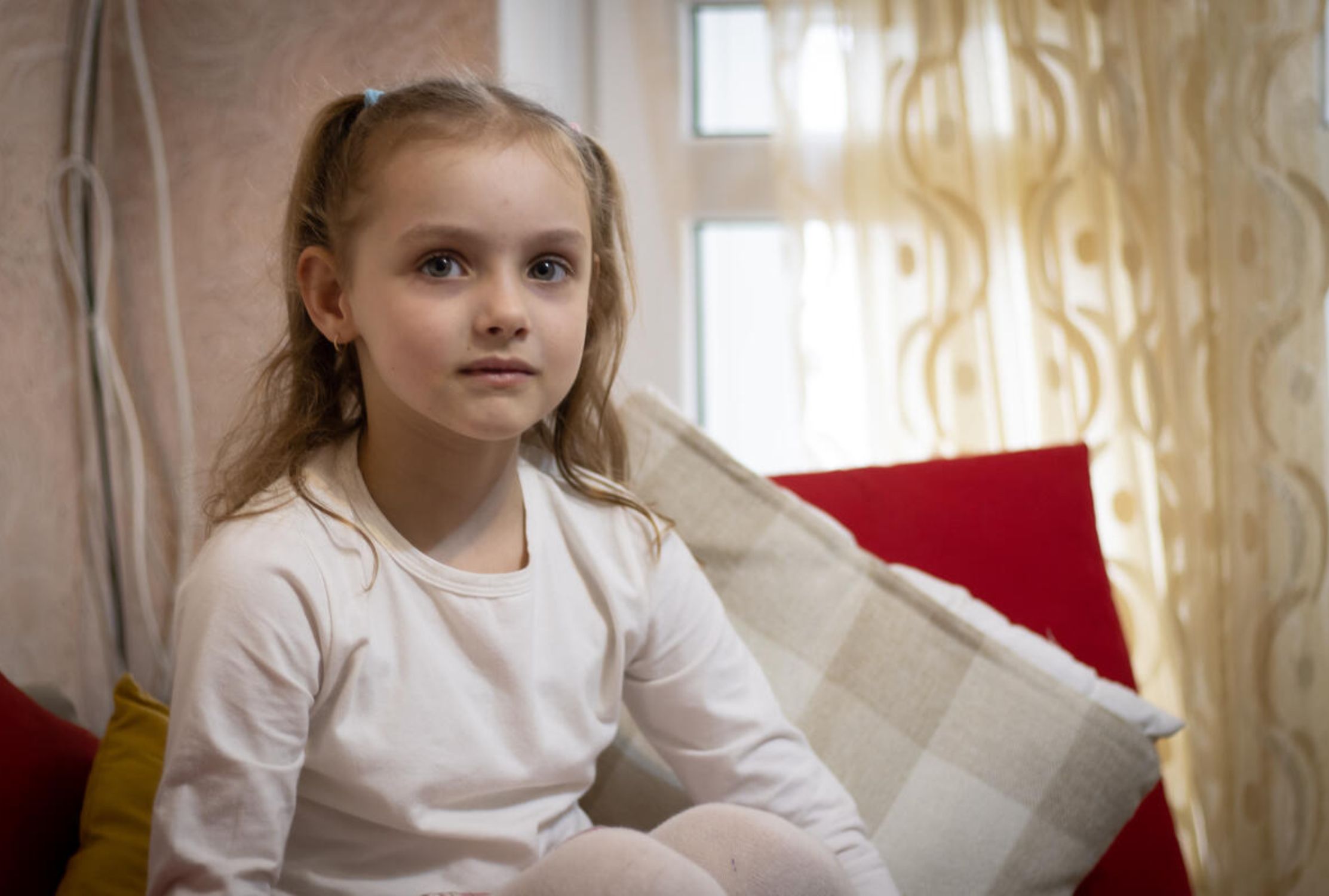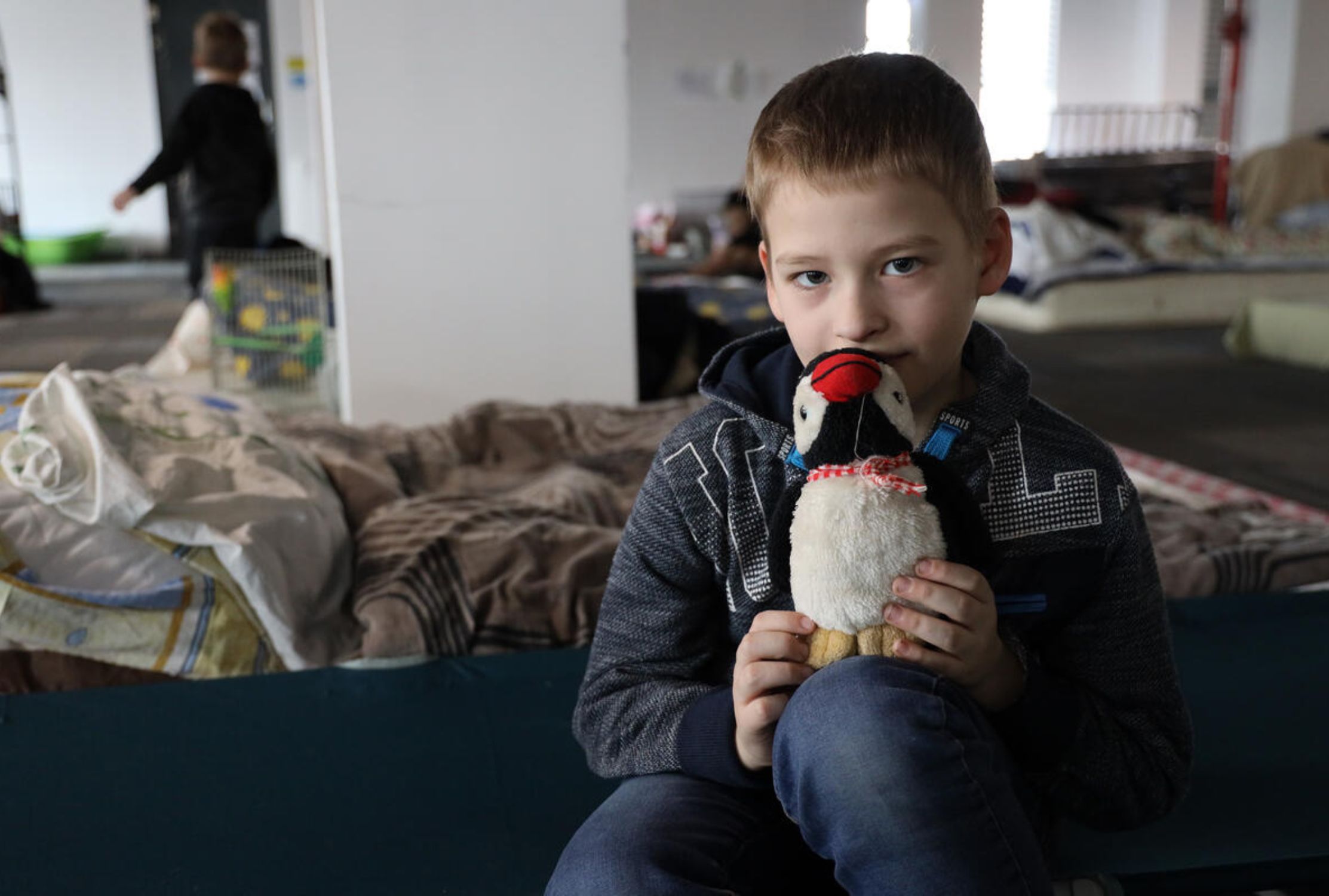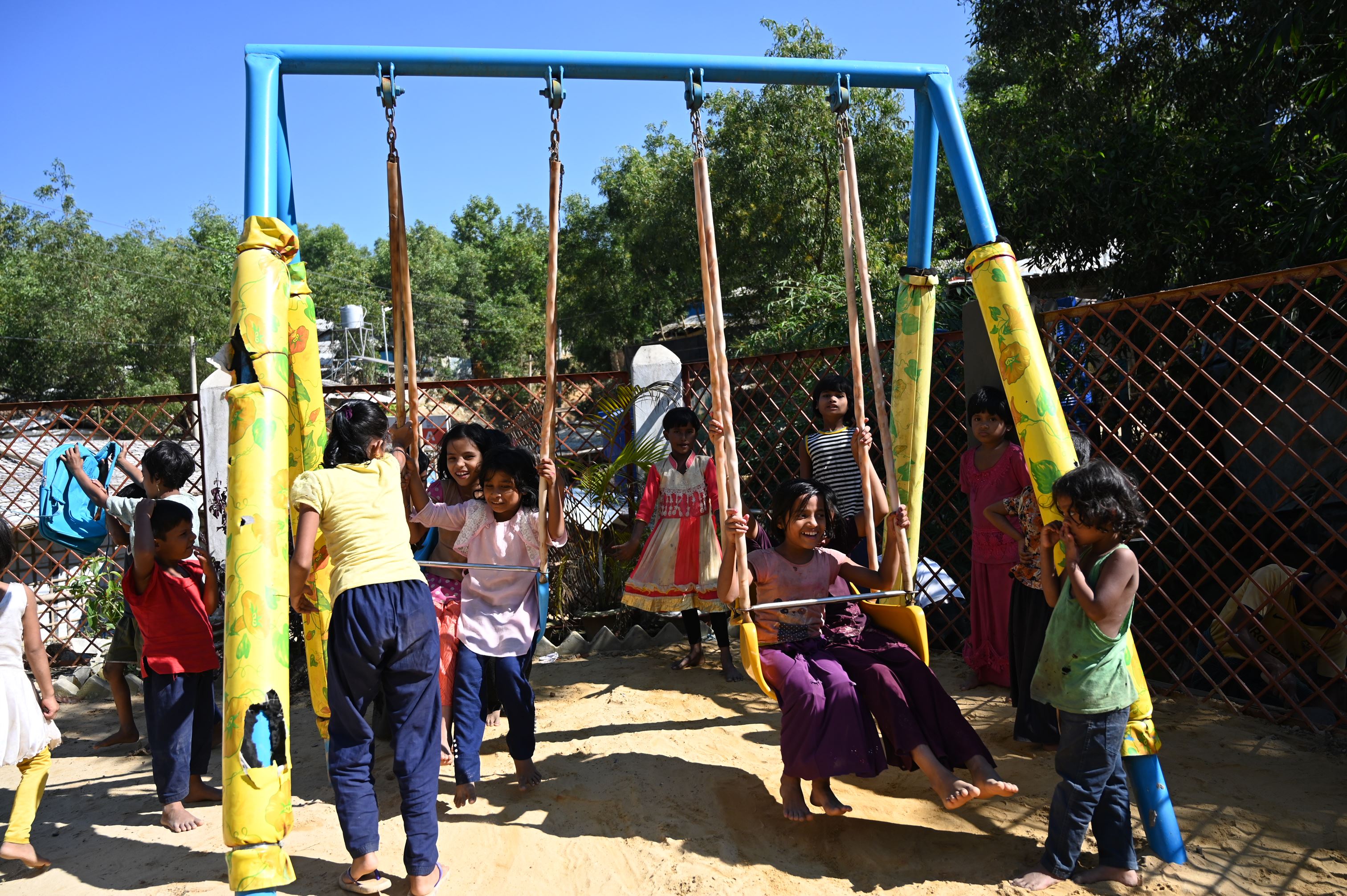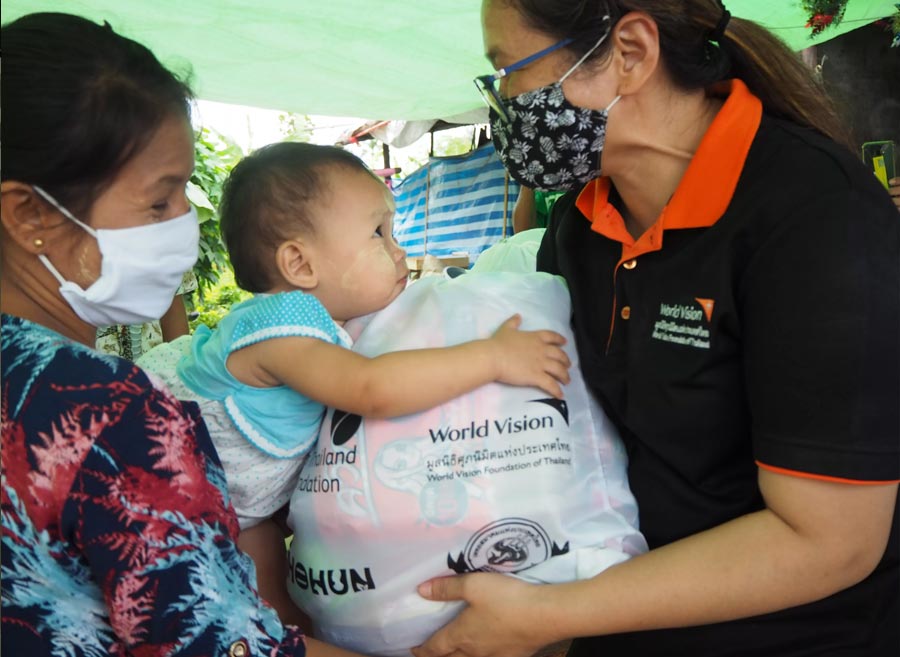7. Many refugees will resettle in their country of origin
For many who are forced to leave their country, it’s not a permanent move. During the first six months of 2022, it’s estimated that 204,500 refugees returned to their country of origin or resettled.
Often the circumstances that can cause someone to leave their country of origin might not persist, and people can choose to return or resettle for many reasons. It can be incredibly hard to give up your home and your life, and when the opportunity to return comes up, it’s not surprising that many choose to take it.
8. World Refugee Day is celebrated on 20 June every year
On 20 June every year, World Refugee Day is celebrated worldwide. Intended as a day to honour refugees and celebrate the strength and tenacity of those displaced from their home country, there are various events around the world to mark the day.
The day was first held on the 20 June 2003 to commemorate the 1951 Convention relating to the Status of Refugees after 50 years. Since then, the popularity of the day has grown, and it’s now a dedicated event to help refugees not only survive but thrive.
9. There is no limit to what a refugee can achieve
Many people might assume that the hardships affecting refugees mean they are unable to go on to achieve incredible things, but that is not true. If you are looking for stories of endurance, human perseverance, brilliance and inspiration, you need look no further than stories of refugees.
In all fields, there are examples of those who were once displaced or who come from displaced families achieving greatness. In the arts, singer Freddie Mercury, painter Lucian Freud, jeweller Peter Carl Fabergé, writer Judith Kerr, singer Mika and many more have displacement in their stories. So too, do figures including the Former U.S. Secretary of State Madeleine Albright, diplomat Henry Kissinger, neurologist Sigmund Freud, and physicist Albert Einstein.
READ MORE: Sir Mo Farah reveals he was trafficked to the UK
These are just the stories that appear on the world stage, but every refugee story is valuable. No person wants to be displaced and forced to find a new life away from home. However, many have to leave through no fault of their own.
10. You can help support child refugees
Children are forced to flee their homes, with many being separated from their families during the displacement. But you can help protect and support child refugees. By donating to World Vision, you’ll support our work, providing essentials such as lifesaving shelter, food, water and health care to children living in refugee camps.
Ensuring all children get access to education is an essential focus for us, and through our work, we also try to minimise the disruption displacement causes to a child’s life. We introduce child-friendly spaces in some of the most vulnerable communities to improve their situations, giving children a safe space to learn and play.
Sign up to hear more about World Vision’s work and how you can help change the lives of children around the world.








